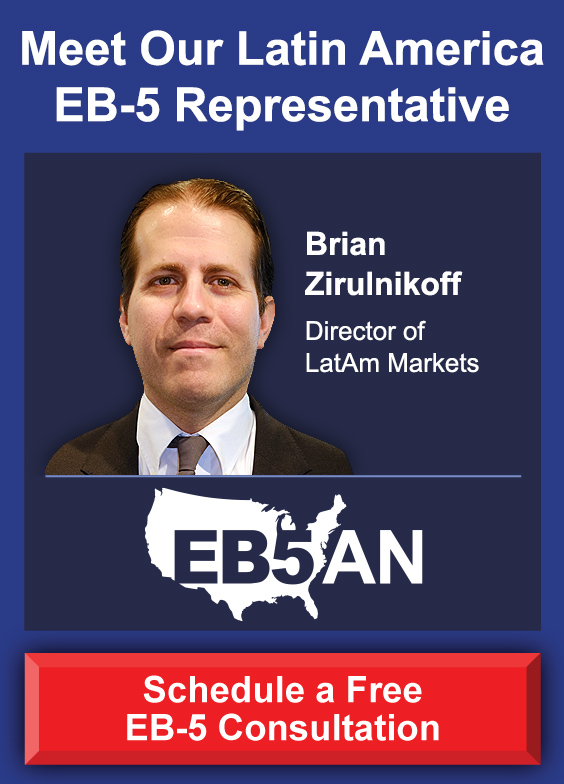
How long an EB-5 investor can spend abroad while a conditional permanent resident is contingent on a number of factors, including their reason for traveling and their ties to the United States.
In general, a conditional permanent resident should not be abroad for longer than six months, otherwise United States Citizenship and Immigration Services (USCIS) could raise a rebuttable presumption that the EB-5 investor does not intend on residing permanently in the United States. This could compromise the EB-5 investor’s conditional permanent resident status.
The EB-5 investor can prove their intent for permanent residence in the United States by providing documentation of their ties to the United States. Evidence of a conditional permanent resident’s ties to the United States could include their family and dependents, paper trails such as tax returns and ownership of a home, and business ownership or other forms of employment. The EB5 investor can also prove to USCIS that their travel is necessary and purposeful. An example would be travel pertaining to work or business.
However, many EB-5 investors are bound by work commitments to travel for longer periods. If an EB-5 investor who is a conditional permanent resident plans on being abroad for longer than six months, they should obtain a reentry permit before leaving to avoid jeopardizing their residency status.
To apply for a reentry permit, the EB-5 investor must file Form I-131, Application for Travel Document, and they must submit it 60 days before leaving the United States. The reentry permit will last up to two years, after which it will automatically expire.
Investors should note that although the reentry permit creates a presumption that they do not intend on abandoning their U.S. residence, border officials may still deny entry if they see indications that the investor is making their home elsewhere.









